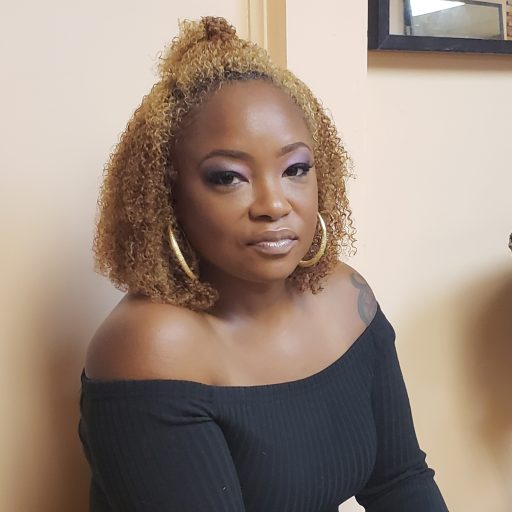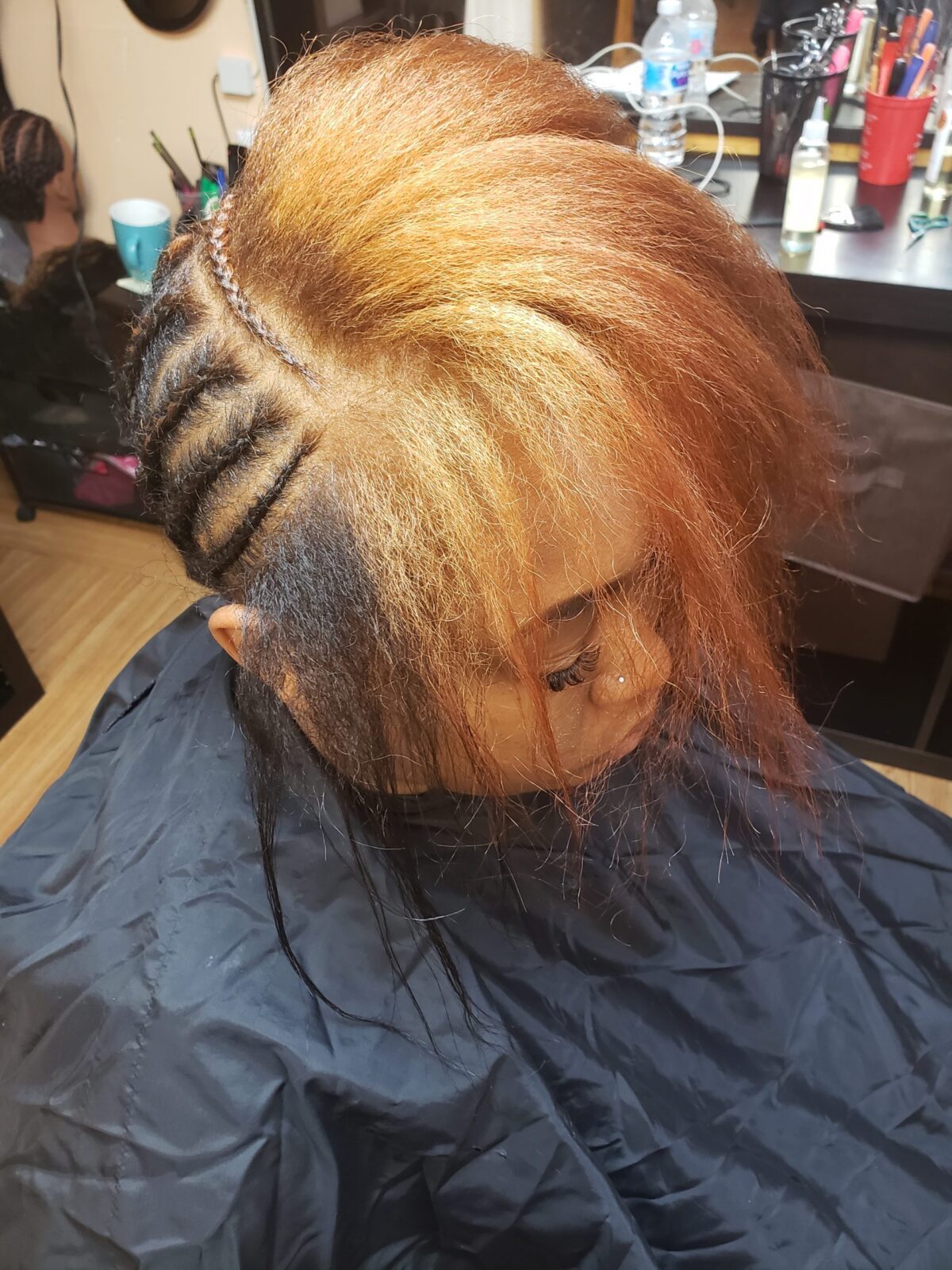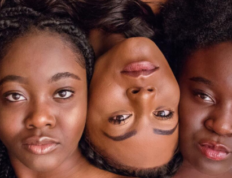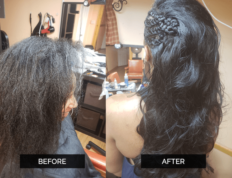
Microlink weave vs. traditional weave
that is the question. I am going to try and answer all your questions and tell you everything you should know to make this decision. While traditional weaving has been around for a very long time, micro links are one of the newest weave methods and are trending right now like crazy, which is why I want to address weaving done the braidless way. Just two years ago, I barely had inquiries for the braidless weave done with micro links, but now with the newest trending topic in weaving, I get at least several inquiries a week. People want to know how it works, will it work for them, and is it better than a regular traditional weave.
First of all, there is no one best thing for everyone. When it comes to weaves and extensions, there are a few things always to consider. The look you wish to achieve, your individual texture and density, and overall upkeep you are willing to do at home. Answering these few questions will also begin the filtering process. The two installs are very different, and both offer two distinct benefits.
I have always found a braidless microlink install is an excellent option for my straight hair clients, especially for those clients whose hair can not particularly hold a braid. This method allows for volume and length as just about all extensions does. It, however, works best when textures of the natural hair and commercial hair are close to identical. Because a row of your hair and a row of the commercial hair is applied, the textures must match to ensure less work while maintaining your weave care at home. The braidless weave is done in-between rows of the natural hair therefore, the textures should match as best as possible.
The traditional weave works really well with afro kinky textures, as braiding natural kinky hair is one of the best ways to protect this type of hair. The more of the natural hair that is protected, the better. Traditional weaves also allow you to where whatever texture you desire because most of the natural hair is put away. This also allows you to be able to play more with textures and colors without having to change the texture or color of your hair. There are several methods for the traditional weave.
Now I will breakdown how they individually work, and the pro’s and con’s to both methods:
microlink install:
pro’s
- works well for hair that does not hold well with braids
- allows maximum flatness and seamless blending
- works for all hair types
- high ponytails
- quick drying time after shampoos
- works well for incorporating natural and commercial hair for a more realistic look and feel
con’s
- not ideal for mixing textures that don’t blend
- does not allow for all hair to be incorporated for better protection
- links can become tangled in kinkier textured hair, and precaution should be taken
traditional weave:
pro’s
- ideal for protective weave
- specific methods allow you to put everything up
- specific methods will enable you to use any hair texture
- ideal for afro kinky hair
- the technique will allow you to maintain good scalp care easily
- quickly achieve length and fullness to any capacity
- can use most colors and textures with the minimum natural hair left out
con’s
- longer drying time after shampoo
- minimal bulk due to braids
- can’t achieve a high ponytail
- does not work well with naturally straight textures
In closing:
Both options serve there purpose and work well for the purpose they serve. Micro links are excellent when blending straight hairstyles with commercial hair. However, they will work on other textures as well. These links work best for achieving a high ponytail and seamless blending. The more textured the natural hair is, the more likely that the links can tangle in the hair. They are also less protective than the traditional weave method because of how much hair needs to be left out. I would not consider this option if the hair is under distress and needs to be left alone.
The traditional weave method offers three different options. Weave with rows. Weaves with leave out and weaves with closing. There are also a few other options that can be incorporated with the traditional weave, such as closures, frontals, and 360-degree attachments. These options give plenty of versatility to the traditional weave. Braids are best for afro kinky hair when it comes to putting it up. However, the more hair that is put into the weave, the less versatility when it comes to styling. Although you can not achieve a high ponytail, nor can the hairline be as seamless and flat as the braidless method, the traditional weave is the best and only alternative of all weaves to give the hair a break and total protection from everyday wear and tear.







